Gallery: NYC Museum's New Space Show
Future Moonscape
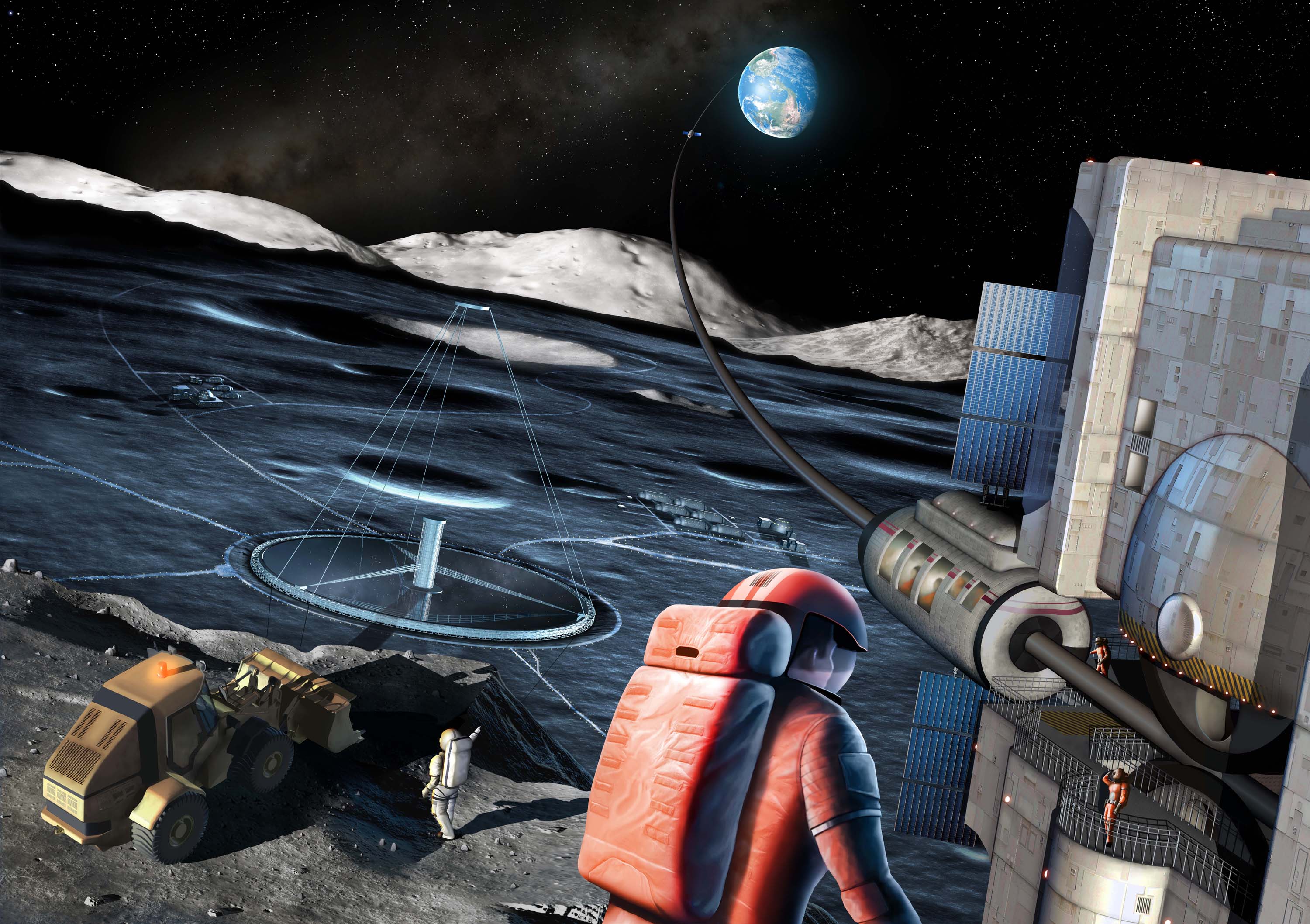
Dr. Mark Garlick—an illustrator and astrophysicist—created this moonscape depicting a lunar elevator docking at a terminal on the Moon’s South Pole, a liquid mirror telescope, and a bulldozer mining for helium-3, some of the exciting technologies featured in the American Museum of Natural History’s new exhibition Beyond Earth: The Future of Space Exploration, which opens November 19.
Lunar Spring Tire
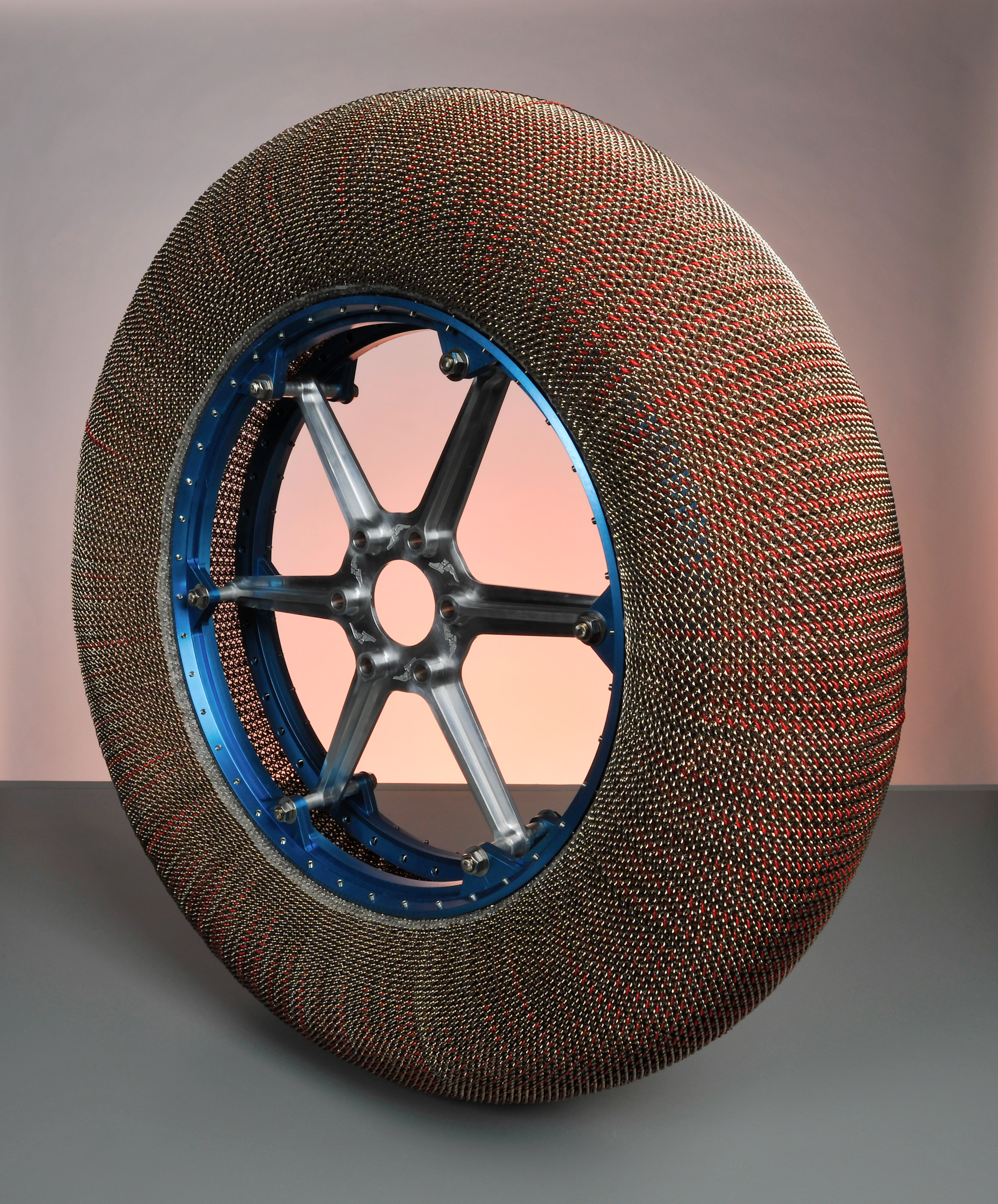
This wire-mesh tire may help future lunar rovers drive across the moon. Its design is based on the wheels from the Apollo rovers of the 1970s. Composed of 800 separate wire springs, this newtire can’t be punctured by sharp and bumpy surfaces, which can damage an ordinary air-filled tire. Since there are no roads on the Moon (yet), that’s a valuable feature. Tire courtesy of Goodyear Tire & Rubber Company.
Jules Verne's From the Earth to the Moon

Jules Verne’s 1865 adventure story "From the Earth to the Moon" may be the most influential science fiction novel ever. Written a full century before humans landed on the Moon, the witty novel is full of solid science about the possibilities of space travel. In the story, the space capsule Columbiad is launched by a giant cannon from Earth. Its plush interior, as imagined by Verne and complete with dogs as traveling companions, is pictured here.
Orion Space Capsule
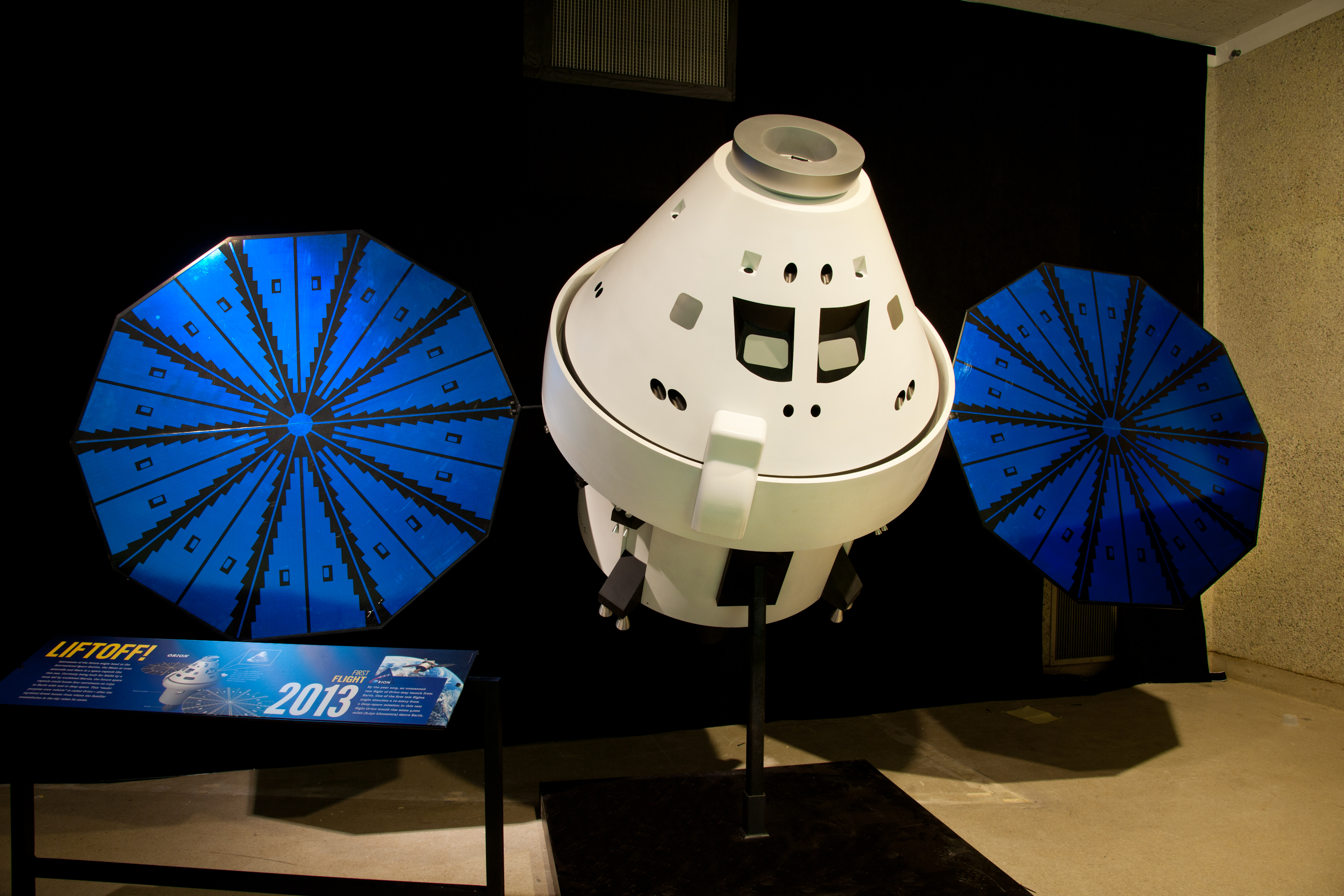
In the future, astronauts might head to the International Space Station, the Moon, or even to asteroids and to Mars in a space capsule like this one currently being built for NASA by a team led by Lockheed Martin. This “multi-purpose crew vehicle,” which could house up to four astronauts, is called Orion after the mythical Greek hunter from whom the familiar constellation in the sky takes its name.
Model Vostok Capsule
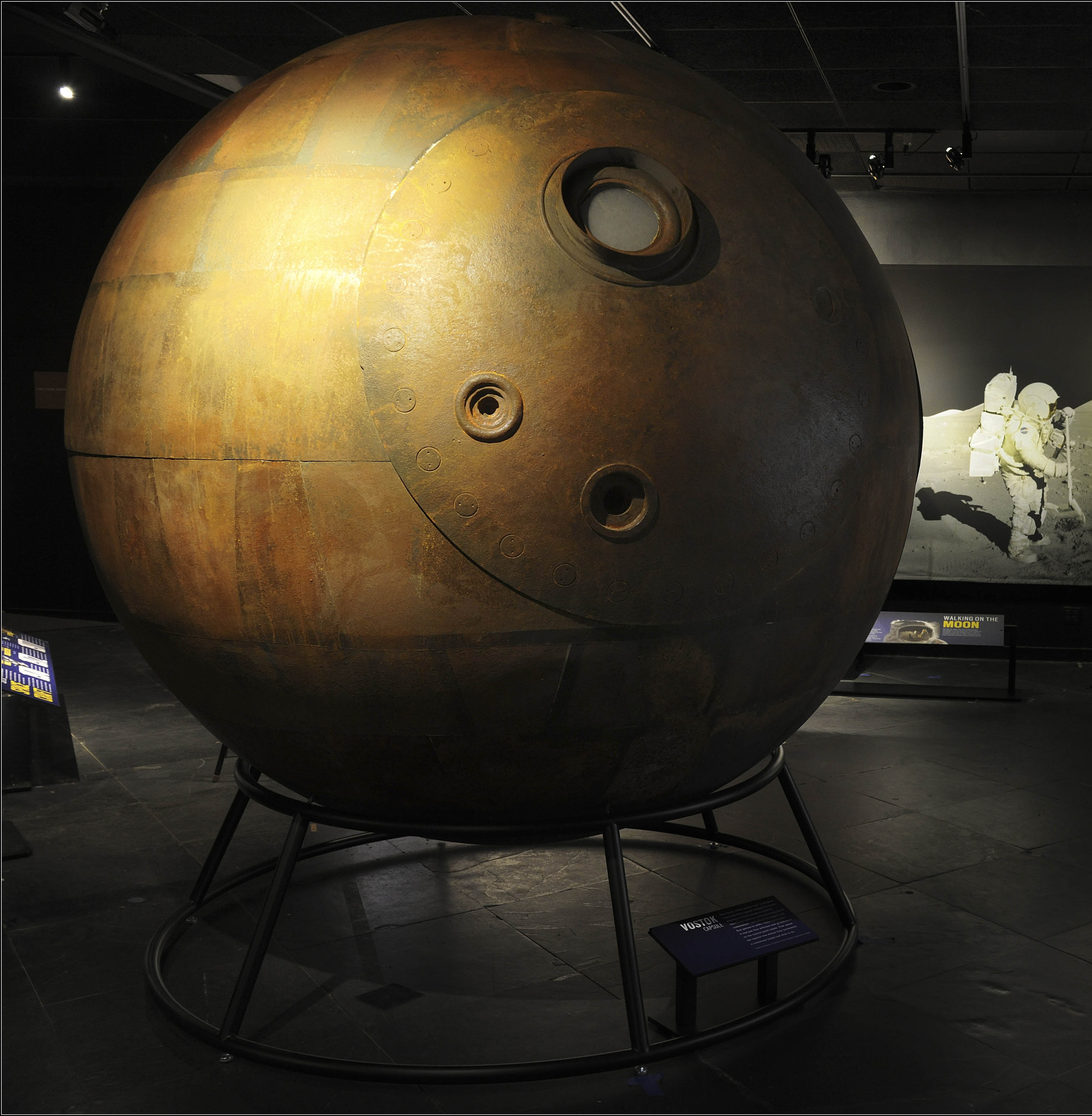
On April 12, 1961, Soviet fighter-pilot-turned-cosmonaut Yuri Gagarin became the first person in space. Flying in a simple spacecraft, the Vostok 1, Gagarin orbited the planet once during his 108-minute flight. “I see Earth!” he said from space. “It is so beautiful.”
Soviet Space Helmet
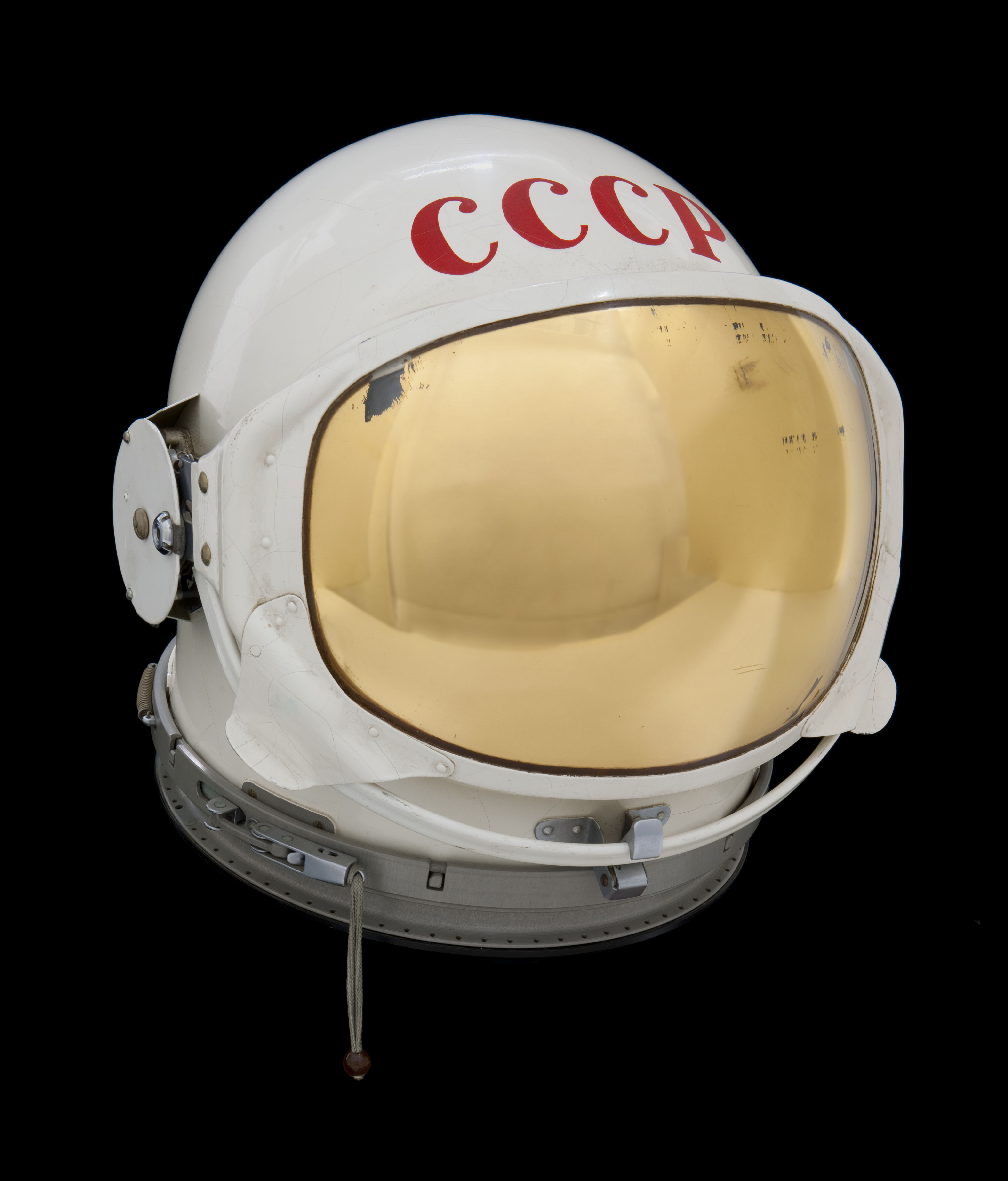
The Cold War rivalry between the Soviet Union and the U.S. was especially intense when it came to which country would be the first to land men on the Moon. This enamel-coated helmet is an original prototype of a helmet intended to be worn by cosmonauts (the Russian term for astronauts) on the Moon. By 1969, the top-secret Soviet manned lunar program was in disarray, and the program was later cancelled. (The letters CCCP stand for USSR in the Russian Cyrillic alphabet.)
Hubble Space Telescope Diorama
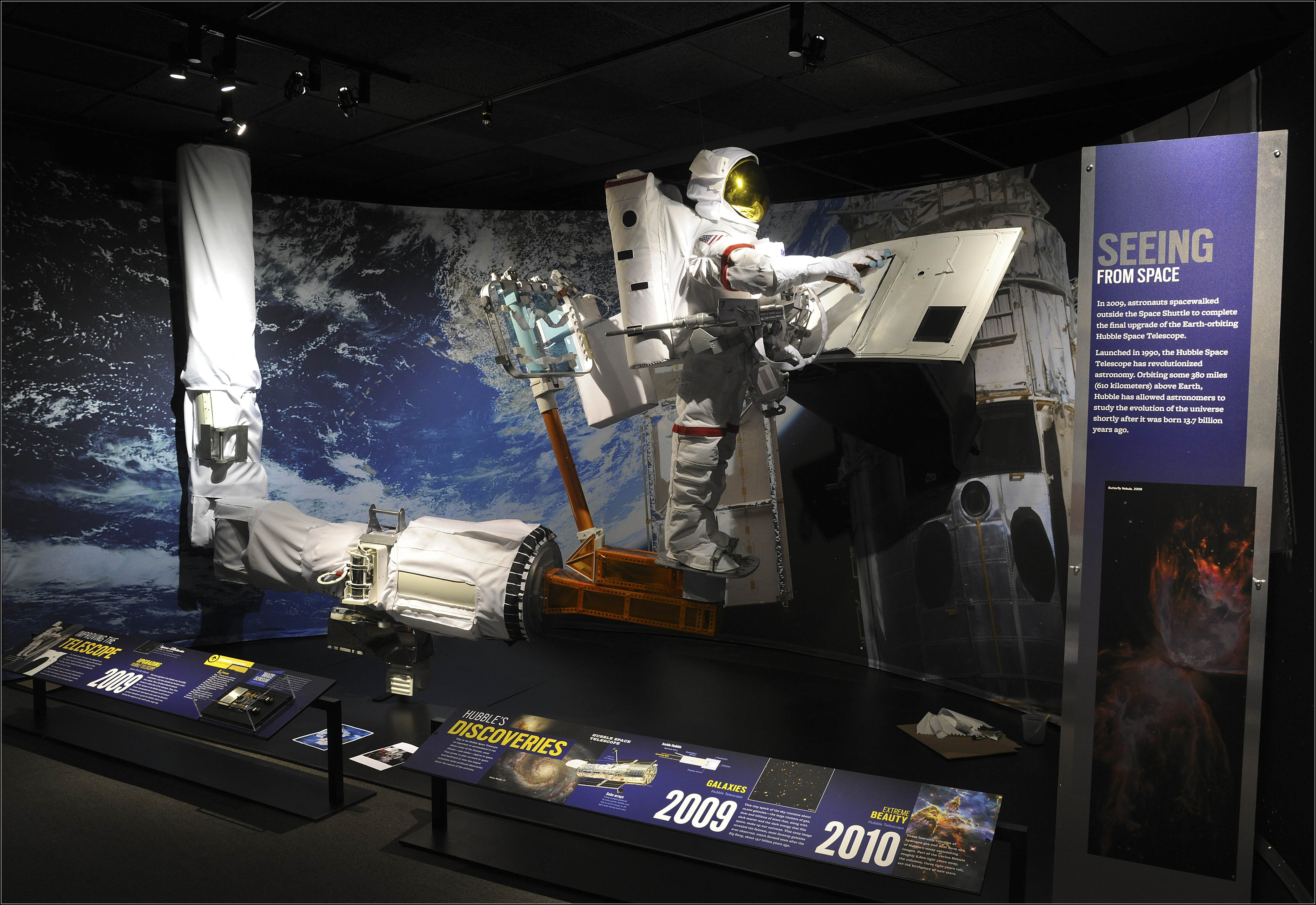
The Hubble Space Telescope, which was designed to be upgraded while in space, has features like handrails that make it possible for astronauts to perform maintenance. The diorama here re-creates a crucial moment in 2009, when astronaut John Grunsfeld installed the new Wide Field Camera 3, the device that currently captures many of Hubble’s most amazing images.
Get the Space.com Newsletter
Breaking space news, the latest updates on rocket launches, skywatching events and more!
Virgin Galactic Spaceplane
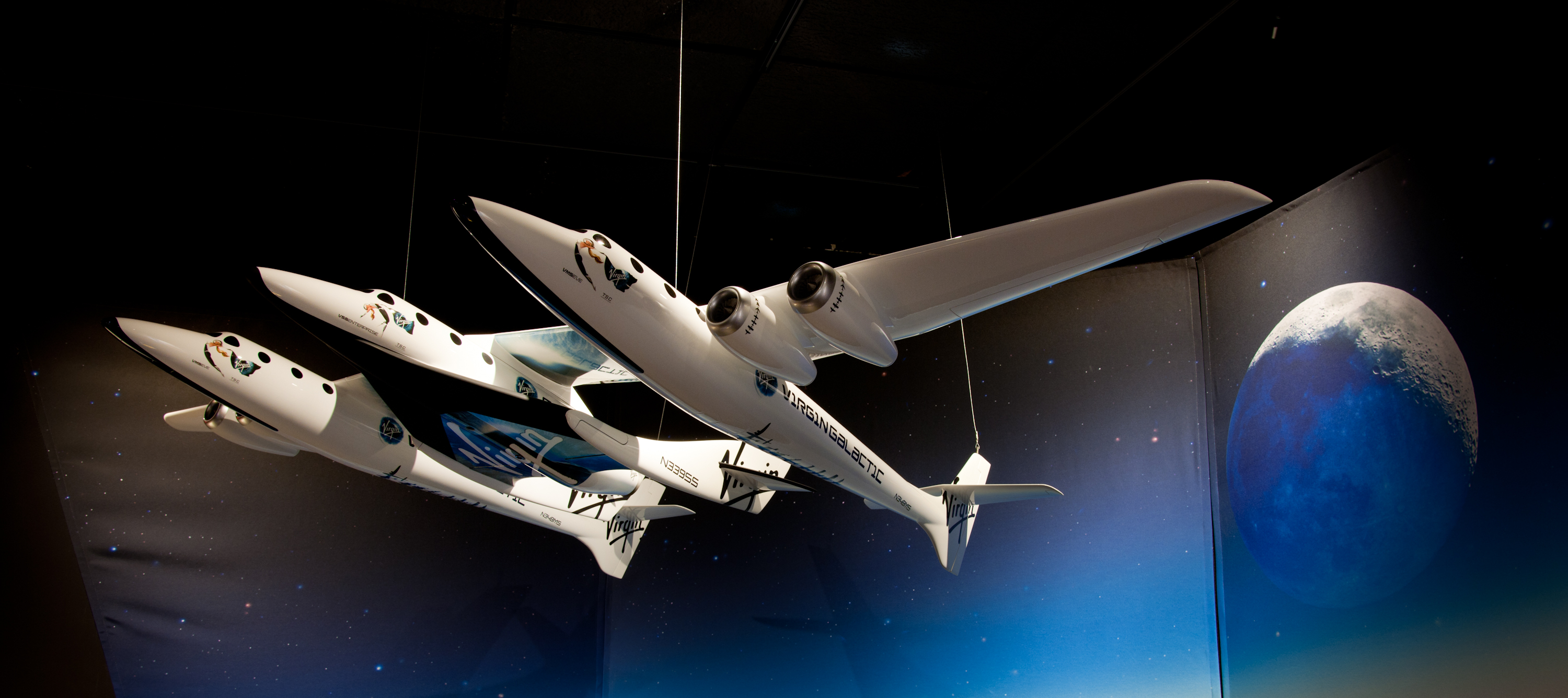
Founded by entrepreneur Richard Branson, the private company Virgin Galactic is developing spaceplanes that will one day carry paying citizens into suborbital space—about 62 miles above Earth—for a brief but unforgettable journey. This is a model of Virgin Galactic’s two-craft system now in development. For $200,000, you, too, could buy a ticket to ride to the edge of space.
Bigelow Moon Habitat
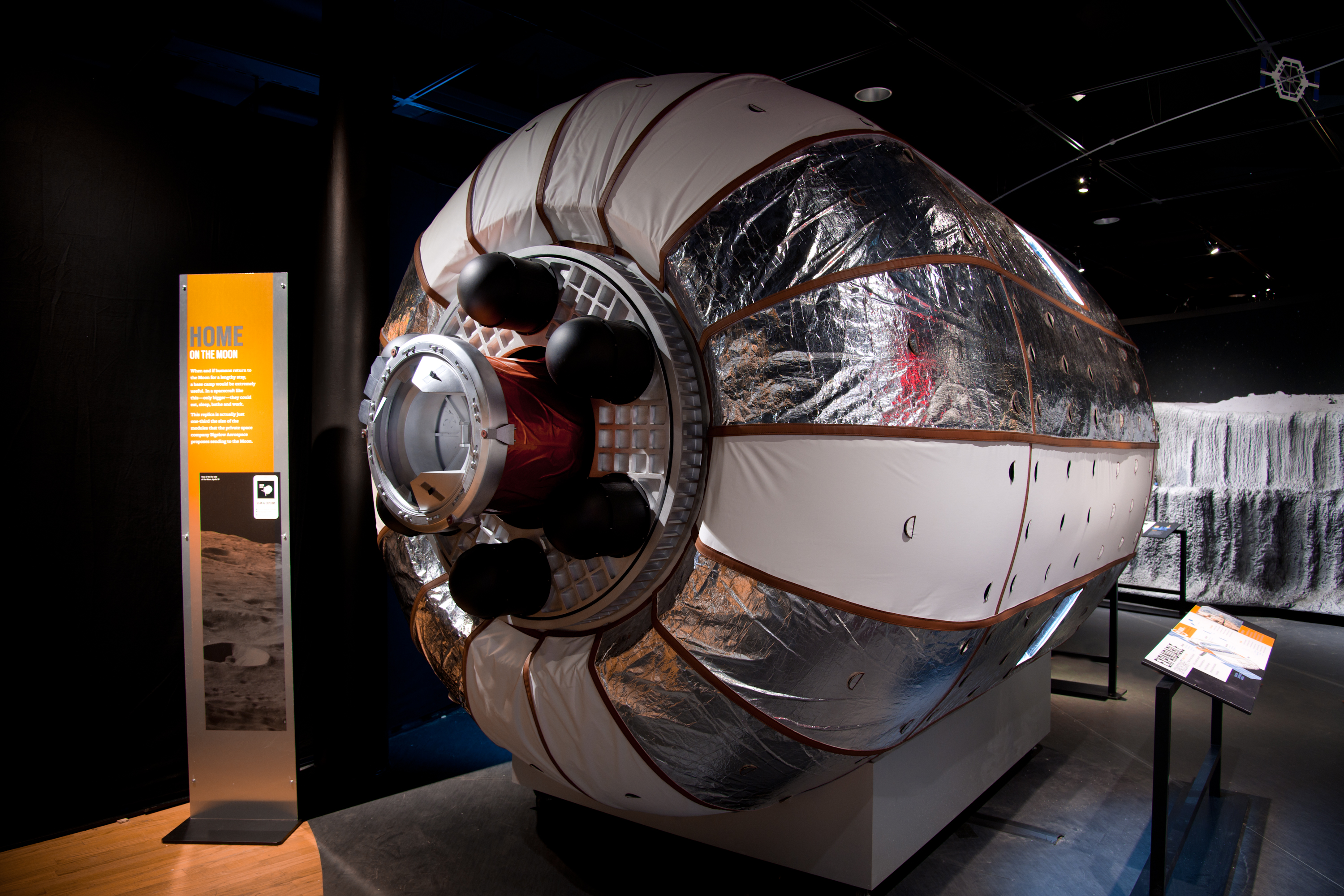
Made with walls of reinforced fabric, expandable spacecraft like this model by the private space company Bigelow Aerospace—shown here in one-third scale—may one day house astronauts on the moon.
Liquid Mirror Telescope
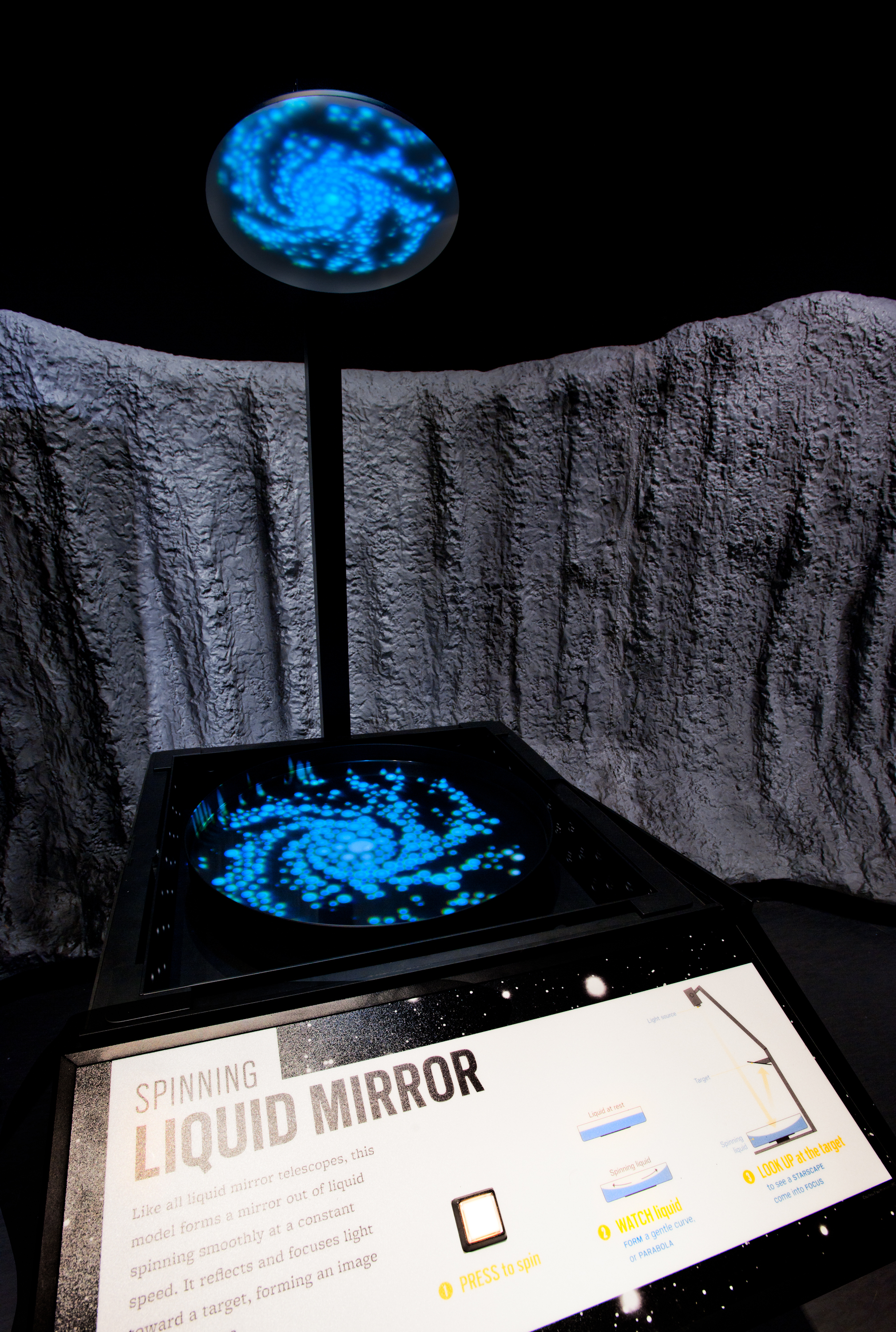
Like all liquid mirror telescopes, this model relies on a a mirror that forms when a special liquid spins smoothly at a constant speed. The telescope reflects and focuses light toward a target, forming an image.
Lunar Elevator
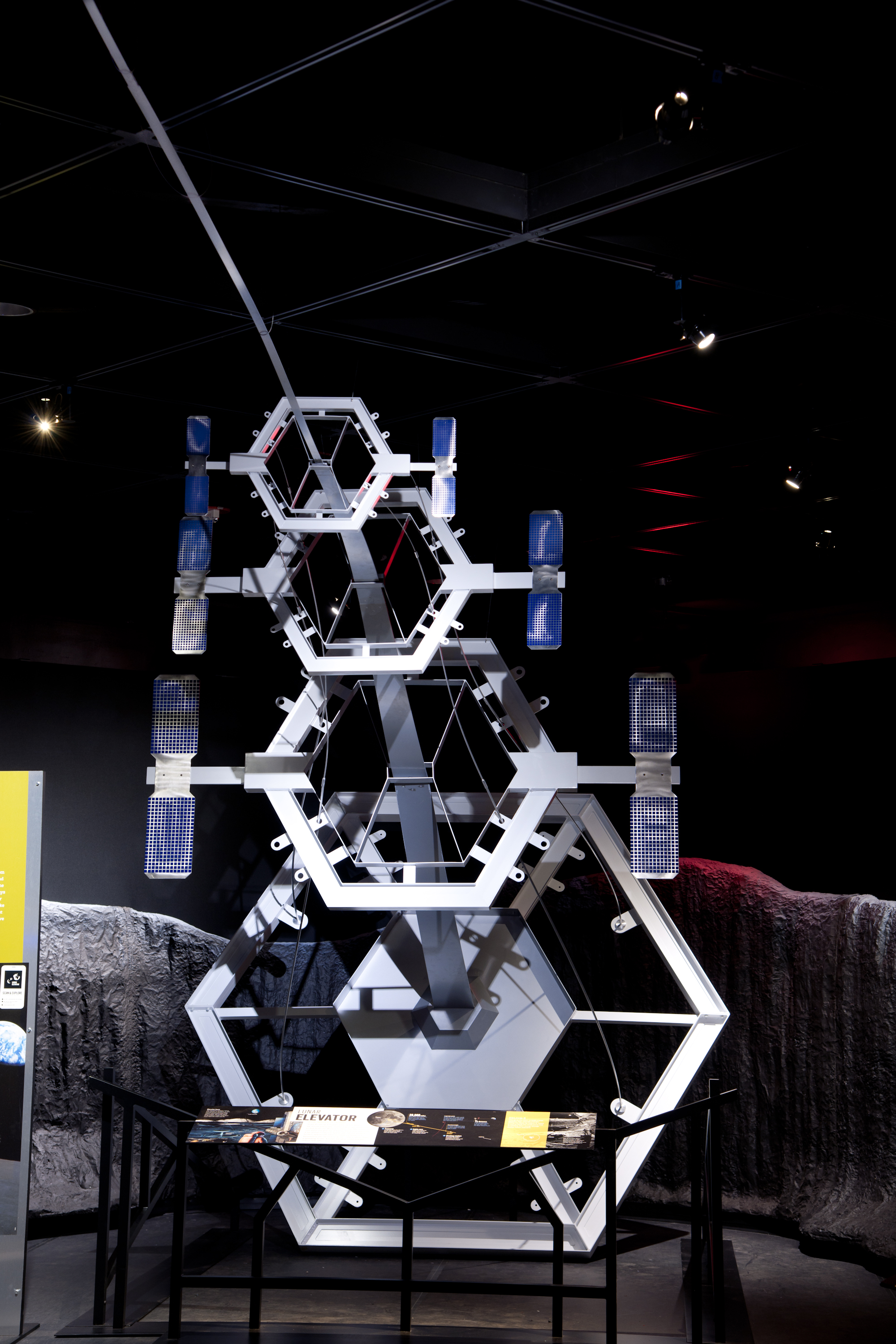
If humans do set up a base on the Moon, we would eventually need a way to get materials to and from the Moon’s surface. Spacecraft have to travel 1.5 miles (2.4 kilometers) per second—faster than a speeding bullet— to launch off the surface of the Moon. A lunar elevator that would carry humans from the moon towards a space station where they would catch a ride back to Earth could sharply reduce that effort and expense.
Join our Space Forums to keep talking space on the latest missions, night sky and more! And if you have a news tip, correction or comment, let us know at: community@space.com.

Space.com is the premier source of space exploration, innovation and astronomy news, chronicling (and celebrating) humanity's ongoing expansion across the final frontier. Originally founded in 1999, Space.com is, and always has been, the passion of writers and editors who are space fans and also trained journalists. Our current news team consists of Editor-in-Chief Tariq Malik; Editor Hanneke Weitering, Senior Space Writer Mike Wall; Senior Writer Meghan Bartels; Senior Writer Chelsea Gohd, Senior Writer Tereza Pultarova and Staff Writer Alexander Cox, focusing on e-commerce. Senior Producer Steve Spaleta oversees our space videos, with Diana Whitcroft as our Social Media Editor.









